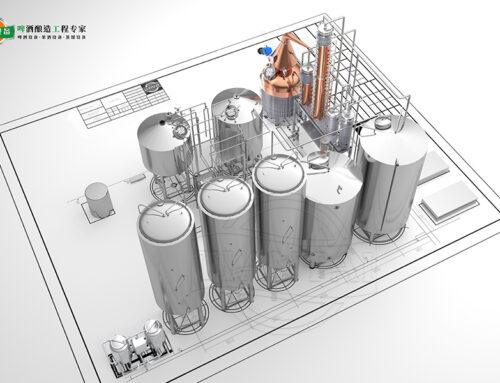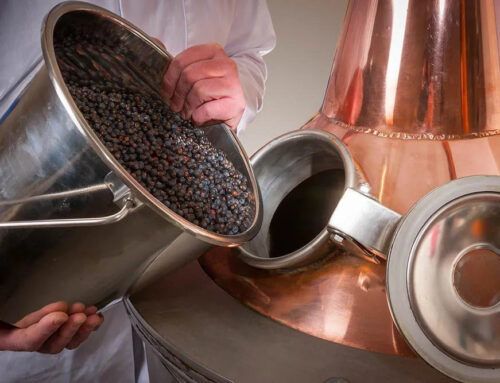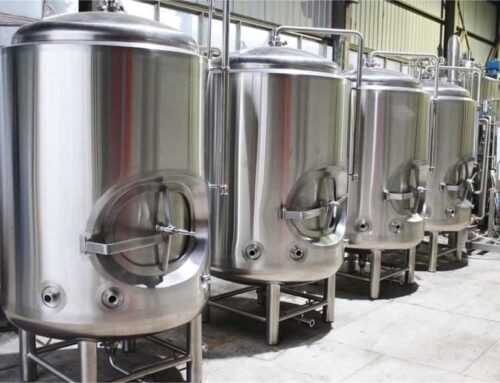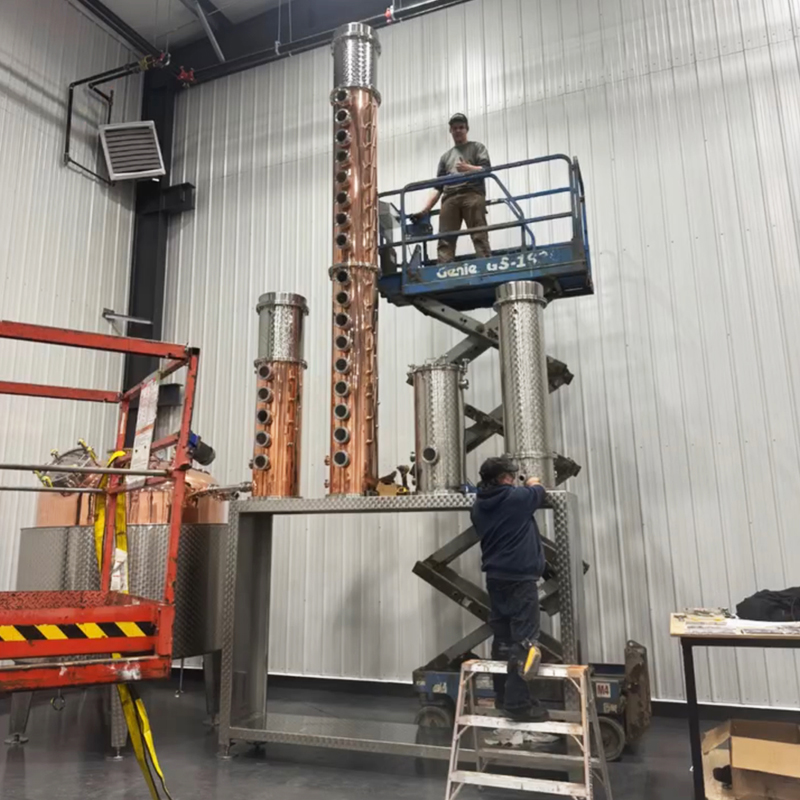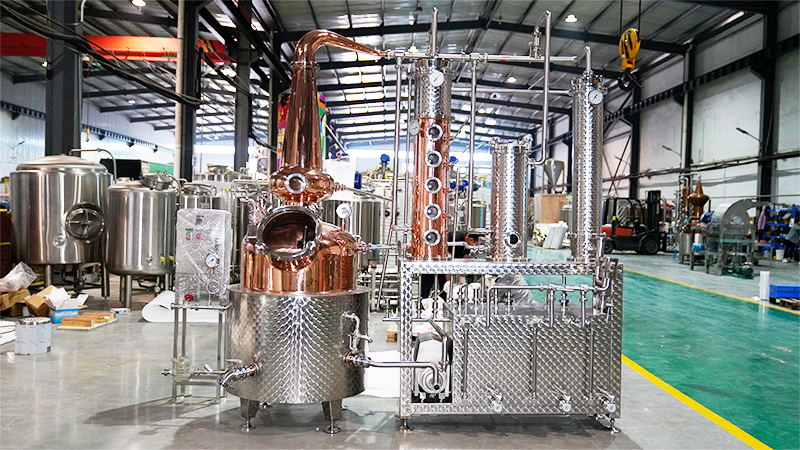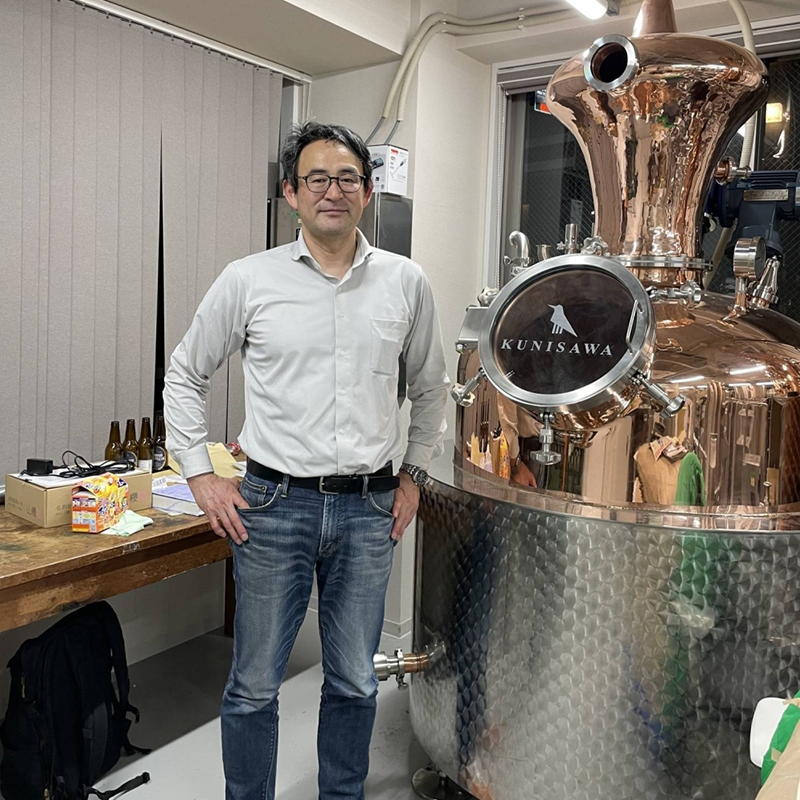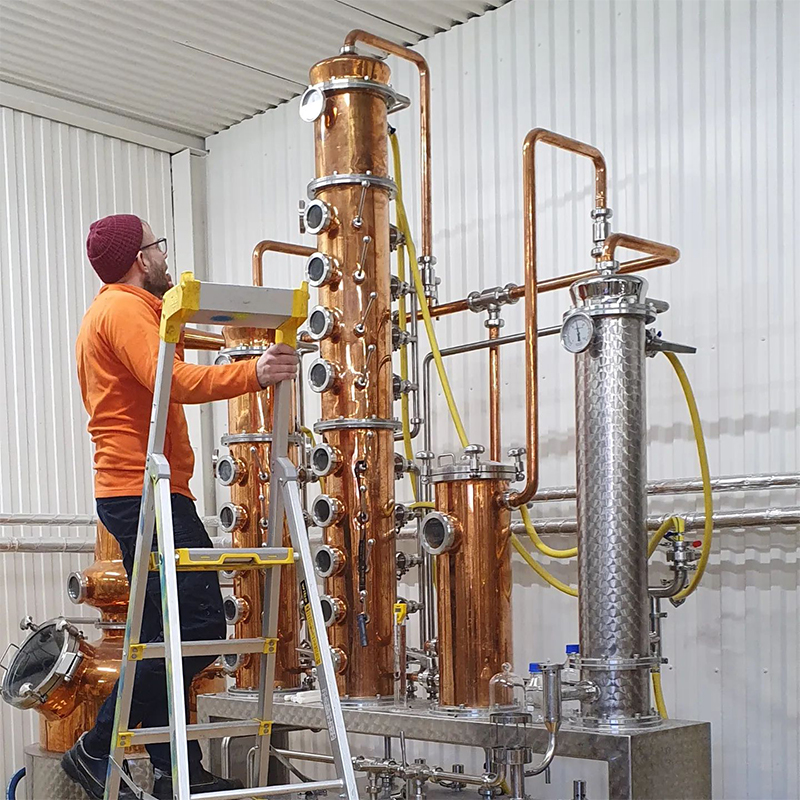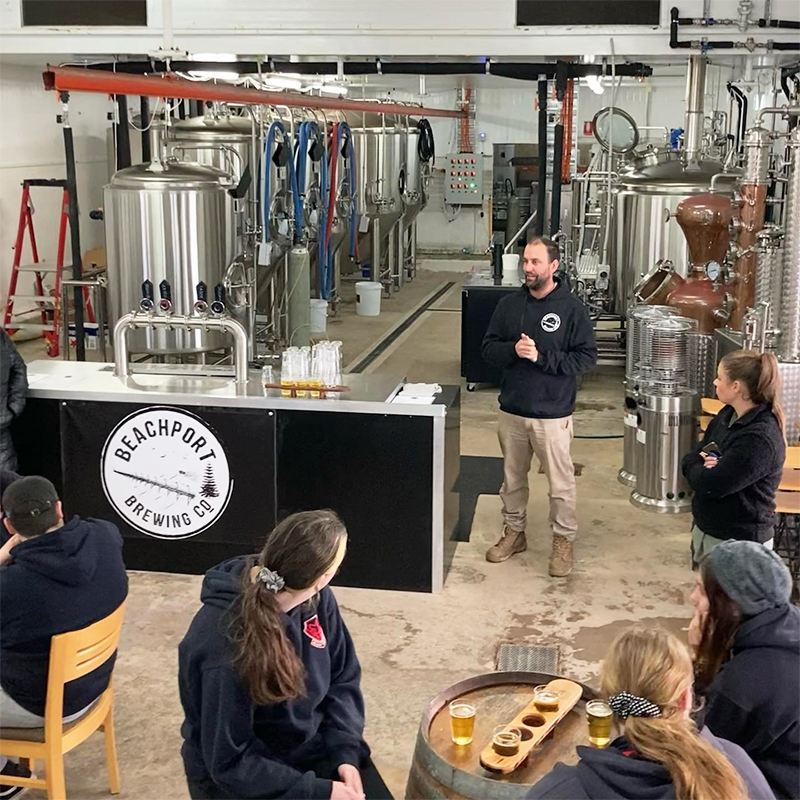
Why choosing to set up a distillery at your brewery can take your craft business to the next level
In today’s competitive craft industry, staying ahead requires constant innovation and strategic business decisions. One of the most effective ways to expand a craft brewery and future-proof it is to integrate a distillery into its operations. This combination can unlock new revenue opportunities, enhance brand differentiation, and optimize resources. That’s why adding a distillery to your brewery can take your business to new heights.
Expanded Product Offerings and Market Reach
Adding a distillery to your brewery diversifies the business’s product range beyond just beer. While beer remains a popular staple, distilled spirits such as whiskey, vodka, gin, and rum cater to a wider audience. This diversification not only appeals to different customer segments, but also provides existing patrons with a wider range of choices, thereby increasing customer retention and satisfaction.
Higher Profit Margins and Revenue Growth
Distilled spirits generally have higher profit margins than beer because they have a longer shelf life and retail at a higher price. For example, a batch of whiskey can be aged and sold at a premium, while craft gin and vodka can be bottled and sold relatively quickly. This higher profit potential creates financial stability and opens up additional revenue streams, making the brewery-distillery model a smart investment. In addition, a well-integrated brewery and distillery can leverage tasting rooms, specialty cocktail menus, and direct-to-consumer sales, all of which increase per-customer spending and overall business profitability.

Enhanced Consumer Experience and Brand Loyalty
Craft consumers seek unique and immersive experiences, and the combination of breweries and distilleries provides just that. Visitors can tour the facilities, witness the brewing and distilling processes, and sample a wide variety of products in a single visit. This interactive approach fosters brand loyalty and encourages word-of-mouth marketing, which drives more foot traffic and repeat business. A well-designed tasting room or event space can further enhance the experience, offering curated tastings, mixology classes, and brewery-distillery pairings to deepen consumer engagement.
Competitive Advantage and Brand Differentiation
The craft beverage market is increasingly saturated, and differentiation is critical. Operating both a brewery and a distillery demonstrates versatility, creativity, and a commitment to innovation—qualities that attract discerning customers and gain industry recognition. By offering both craft beer and spirits, businesses can position themselves as comprehensive beverage destinations, appeal to a wider audience, and stand out from competitors that focus on one product type.
Operational Synergies and Cost Efficiency
One of the biggest advantages of merging a brewery with a distillery is the ability to optimize resources and streamline operations. Many of the raw materials used in brewing, such as grains, yeast, and water, are also essential for distilling. Repurposing brewing byproducts, such as excess wort, reduces waste and improves sustainability. Additionally, breweries can leverage existing fermentation tanks and infrastructure, requiring only additional distilling equipment to begin producing spirits. This overlap in equipment use reduces initial investment costs and improves operational efficiency.
Setting up a distillery within a brewery is a strategic move that can maximize product offerings, increase profitability, and strengthen brand differentiation. By leveraging existing infrastructure, optimizing resources, and appealing to consumers with a unique experience, craft beverage businesses can create a thriving business that meets the needs of an evolving market.

